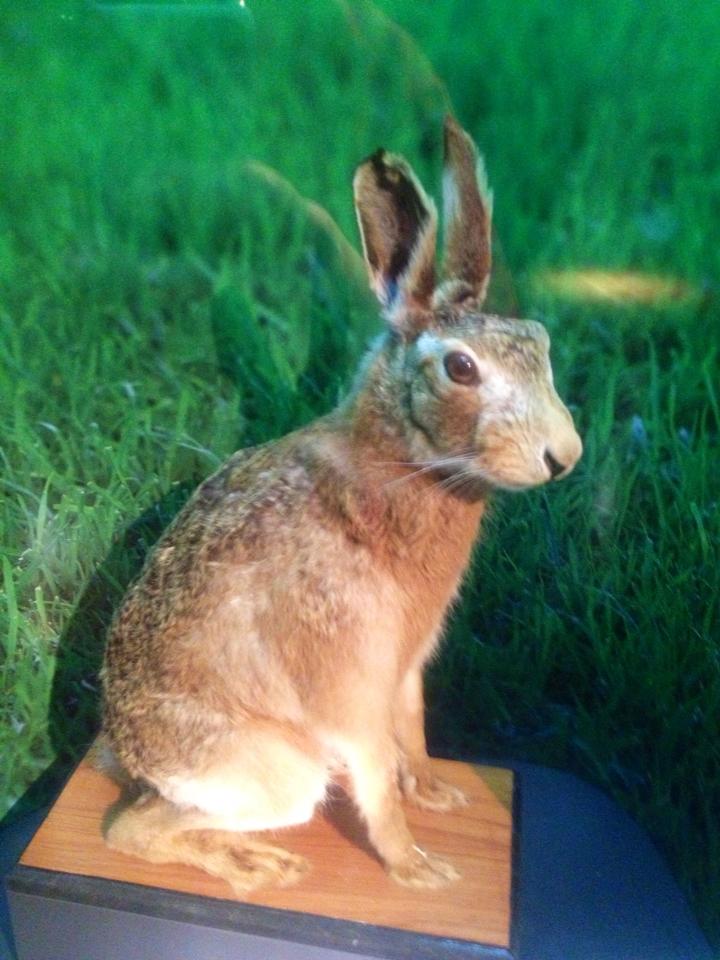
Kangaroos aren’t the only fuzzy, cute animal that bounces throughout the land down under. The rabbit, while not a true native animal of Australia, is to native Aussies, a complicated species that has a rather tumultuous history. Actually, to some, the rabbit is less associated with a cute pet, and more associated with a huge pest that nearly ate Australia and its kangaroos out of existence back in the late 19th century. A sort of cuter version of the bubonic plague rats, minus the disease part. At least, that is how it used to be…
In 1859, an Englishman named Thomas Austin came to Australia with 24 caged rabbits he had brought with him from England, just for the purposes of hunting. When he released them into the wild, he foolishly opened a Pandora’s Box that would do incredible damage to the flora and fauna of Australia. One thing rabbits are known for, besides being cute, is multiplying! That’s why there so good at math! Being nature’s horniest critters, their numbers skyrocketed! And since Australia is rather dry continent with limited green areas, the rabbits ate their way from one end of the country to the other, leaving almost nothing behind for the native wildlife and the farmers livestock. Predictably, food shortages became inevitable, but the farmers fought back. Rabbits became a source for food, especially among the poorest Australians, in that they were common and cheap. Despite having a new meat source, the damage was quite great; by the early 20th century, much of the Australian countryside looked like someone took a thousand lawnmowers, and went to town on it! By the 1920’s, it was estimated that their numbers reached around 10 billion! Australia managed to find new and innovative ways of dealing with their furry foes, but it came at a price. Farmers spent more time ridding themselves of rabbits than they did tending to their crops, at least if the rabbits didn’t get to them first. And with millions and millions of dead rabbits, Australia didn’t exactly smell like a rose; dead animal carcasses filled the bush from coast to coast. It was a crazy world that only Elmer Fudd and General Woundwort could love.
But its funny how some things happen. In the working-class suburb of Redfern, a local rugby league team, in need of extra cash, were hired to catch loose rabbits, skin them alive on the spot, and sell them to locals for their fur and food. That rugby team ended up becoming the South Sydney Rabbitohs, one of Australia’s oldest and most celebrated sports teams. The name “rabbitohs” come from a carnival barker-like call that players would shout at locals in order to sell their furry prey. Not to mention, as stated earlier, rabbits were the choice of meat among peasants. And Redfern was, at the time, one of Sydney’s poorer neighborhoods.
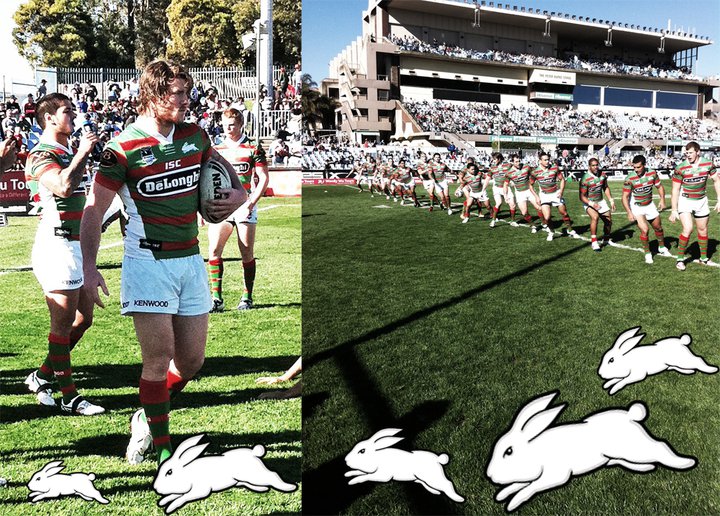
In 1964, by the time Australia’s rabbit problem had gotten under control, the lapine-based plague became fodder for the science-fiction scene. The Year of the Angry Rabbit, a science fiction novel by Australian author Russell Braddon, in which giant mutant rabbits run amok in Australia while the Prime Minister uses a new super-weapon to dominate the planet. The pulp narrative was played for laughs, and designed as an indictment of war, nationalism and capitalism. The combination of a dystopian society, world domination, and giant-mutant rabbits might sound more like a dark comedy than a serious sci-fi novel. In fact, this bizarre plot served as the inspiration for the 1972 monster movie Night of the Lepus. The plot: giant killer bunnies run amok in the American Southwest! That was a legitimate green-lit movie, no kidding! One problem: how do you make giant bunnies terrifying? The film was total flop, but has gained cult status for its laughable premise and silly special effects. Thankfully, Watership Down and Donnie Darko made rabbits look much darker years later, but we had to make due with a laughable premise based on a not-so hilarious real-life tragedy from Australia.
Today, rabbits in Australia are not the locust and swarm-esque plague that they used to be. Locals, however, whether they live in the suburbs or the bush, still deal with them on regular basis. Some still use them as a source of food, while farmers still find ways of dealing with them. This led to the famous Rabbit-Proof Fence, a 750 mile long fence along the Australian Outback to keep rabbits out of the greener pastures of Australia. But all is not lost for these creatures, who in hindsight, are guilty of nothing more than doing what bunnies do best: breeding and eating, but in a place which had a limited amount of vegetation at the time. Breeding and eating? They are so like us!
In recent years, the image of the rabbit is being somewhat salvaged down under. One place where the bunny has found retribution in Australia has been in the NRL. The South Sydney Rabbitohs have made the bunny a popular image in professional sports. Not to mention their beloved mascot Reggie, has been a favorite celebrity among both rugby fans, Australians, and those who just can’t hate a giant rabbit!
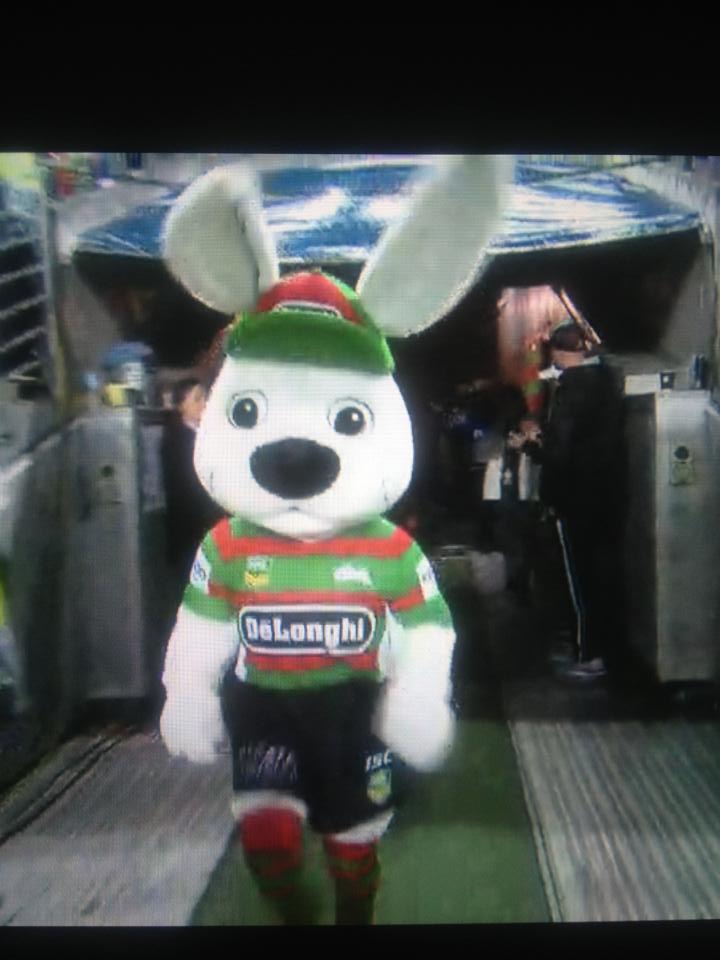
In 2012, Dreamworks Rise of the Guardians re-imagined the Easter Bunny as a tall, handsome, tattooed, long-eared Australian. Now that we learned that Australia lays claim to the Easter Bunny, one might want to think twice about bad mouthing a bunny in Australia! Especially when that bunny is channeling Hugh Jackman!
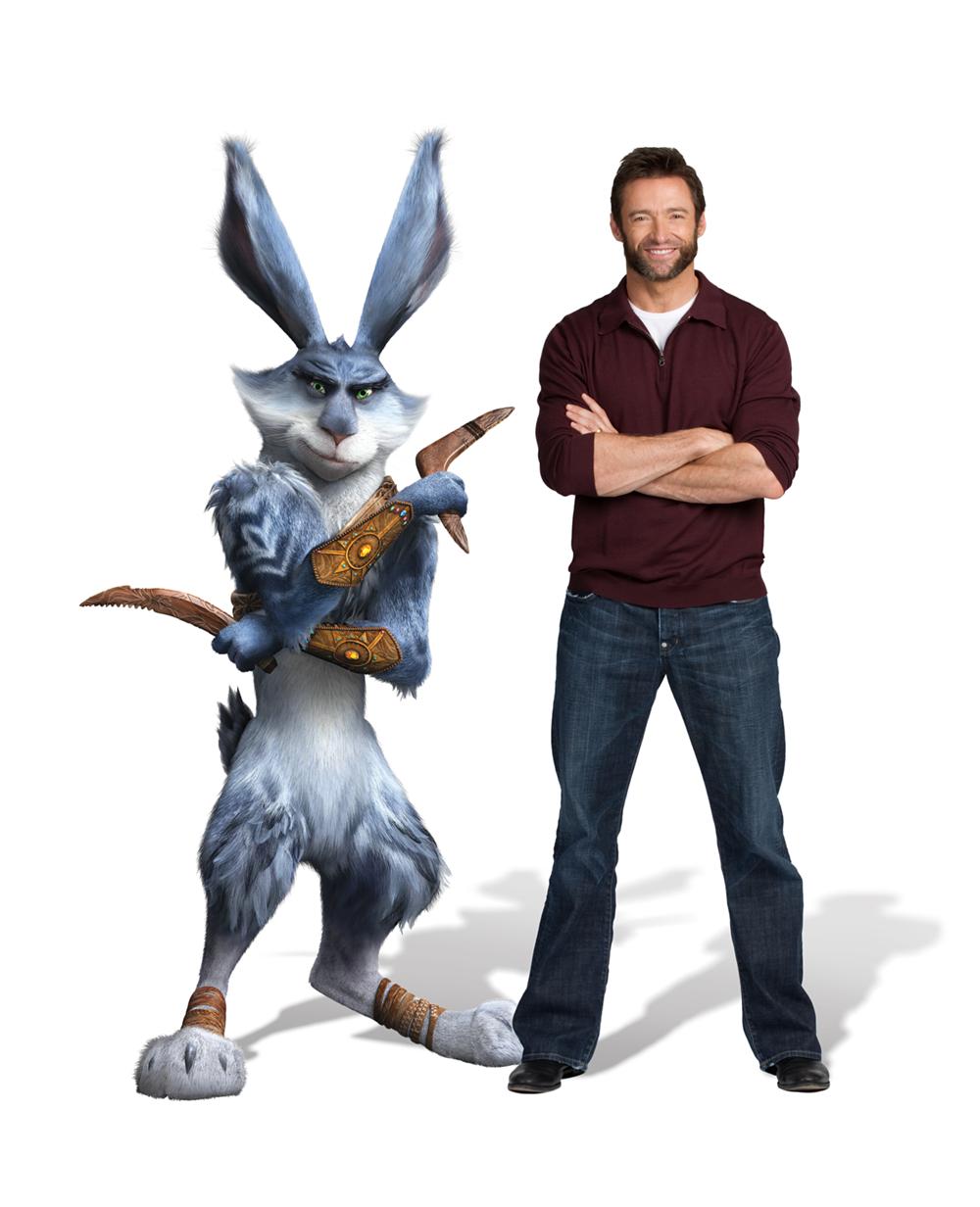
Lastly, I had an unforgettable rabbit-related experience during my second visit to Australia. After touring Featherdale Wildlife Park and Ettamogah Pub with my friend I met in New York, he took me back to his apartment in Blacktown where I was introduced to his pet rabbit, Steve, which he also called Turbo. He was short, white, with grey speckled spots all over his body. I saw him hiding under his hutch, nibbling away at the wooden legs of the hutch. Prior to my departure, I had befriended a rabbit breeder via Facebook, who had been giving me excellent pet rabbit advice, not that I’m planning to build a hutch or warren. Heeding her advice, I gently picked up Steve, my scooping him up from his belly, being very calm and still, and gently eased him into my arms, just like a newborn infant. Steve mildly kicked his paws in the air, but it didn’t take long for him to calm down; it was as if he trusted me. My heart racing was excitement, I was trying to not breathe heavily, and all I could do was look into his large, brown eyes. Without missing a beat, I leaned in a gently nuzzled his nose; I couldn’t help but laugh at how his nose twitched in such a cartoonish way. A few gentle kisses on his forehead, and I realized how much I loved him! Minutes later, Steve managed to struggle free and hopped back behind his hutch. And all this was happening while I wore my Rabbitohs jersey; how appropriate!
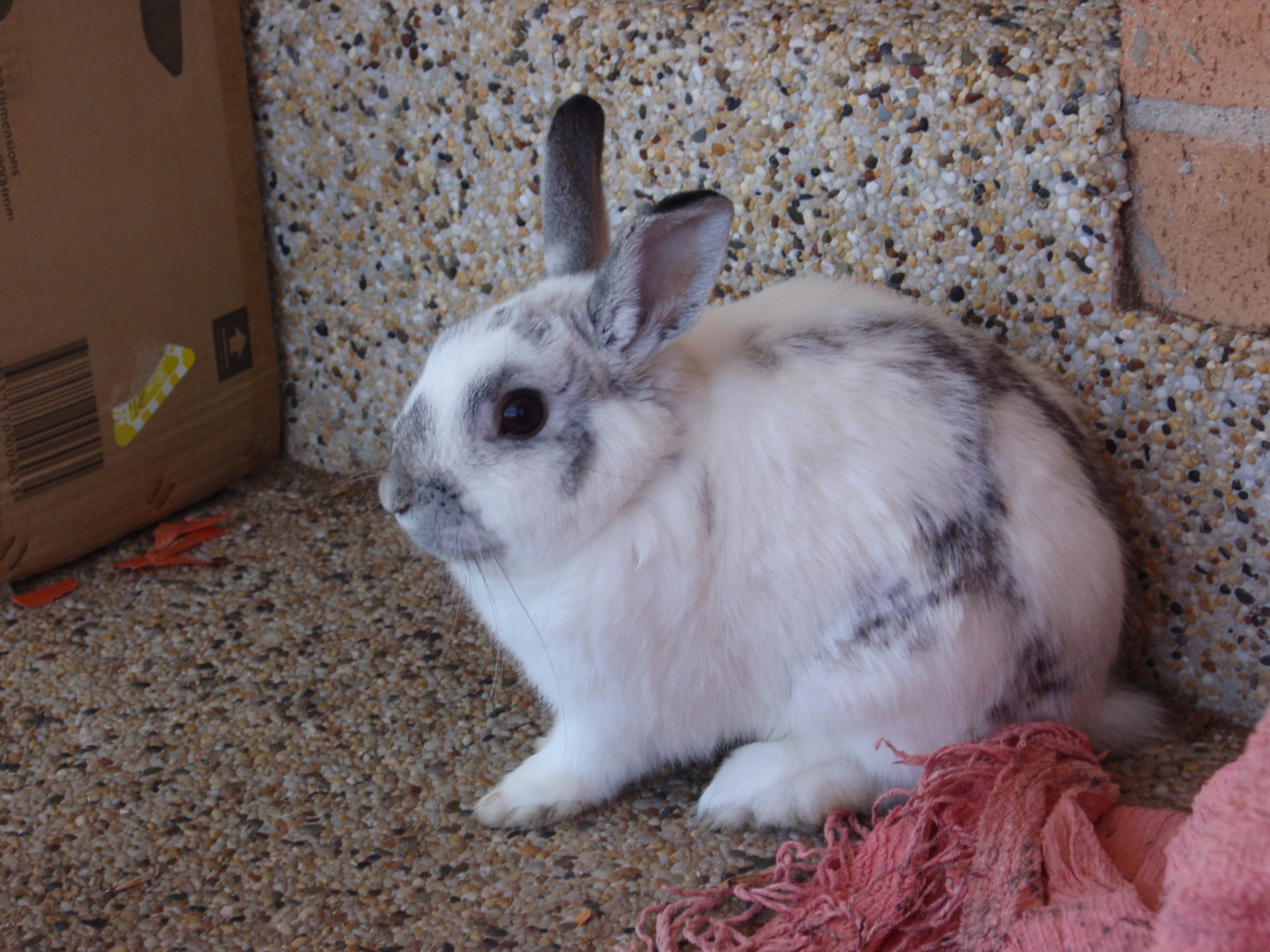
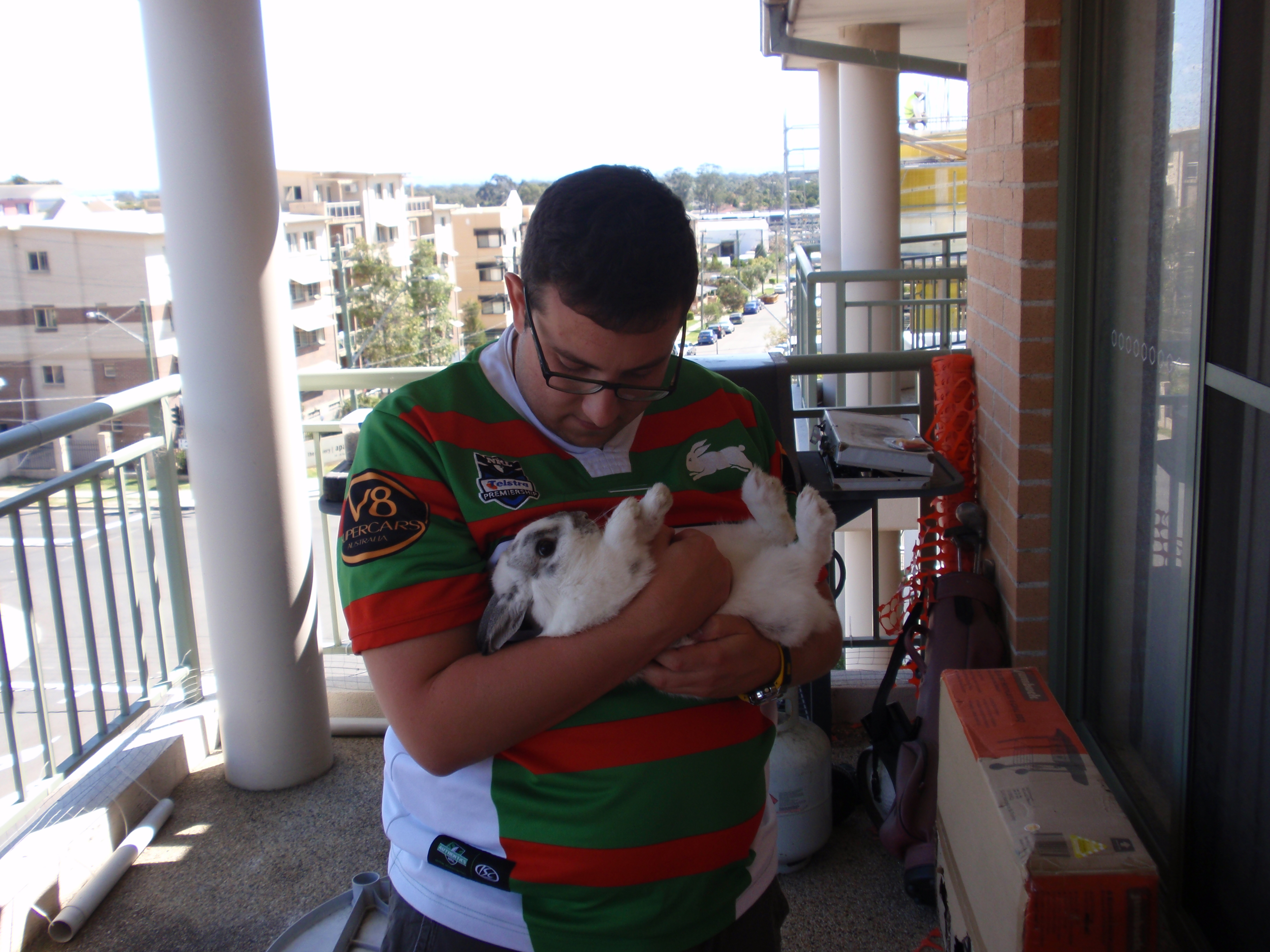
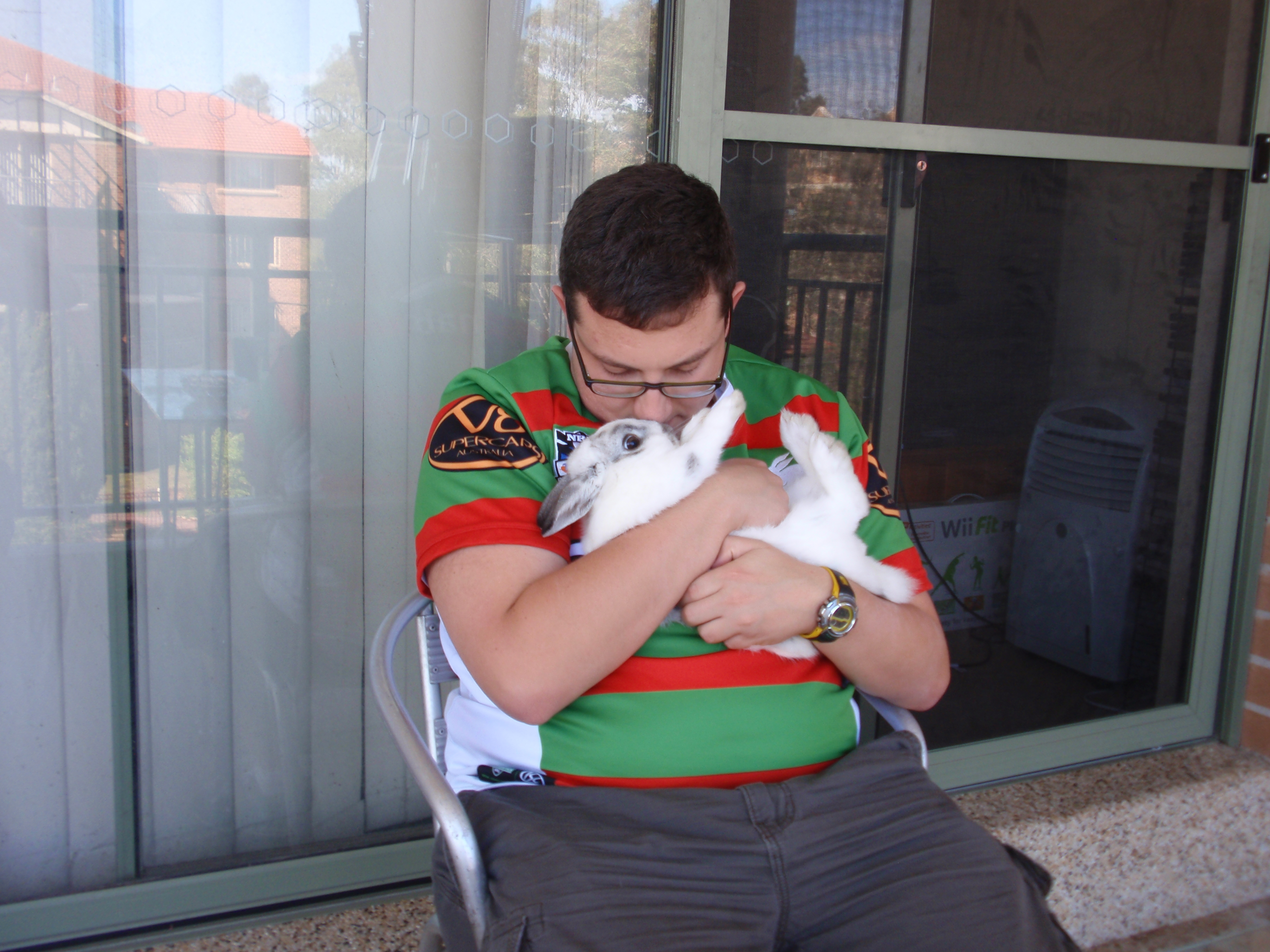
All in all, Australia’s struggle with the rabbit has been a subject of both great fascination, humor, and tragedy as well. One should not make fun of the many years of struggle that Aussies dealt with. The rabbit still has long way to go if it should ever gain respect among Australians. But if Reggie, Bunnymund, and my newfound friendship with Steve are any indications, than there is indeed hope.

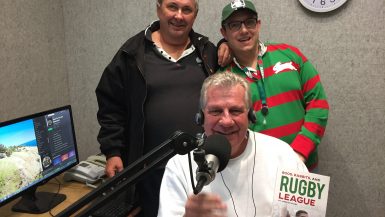

Great rabbit article Jared. I enjoyed the whole thing.
Awesome! Love to read of your travels.